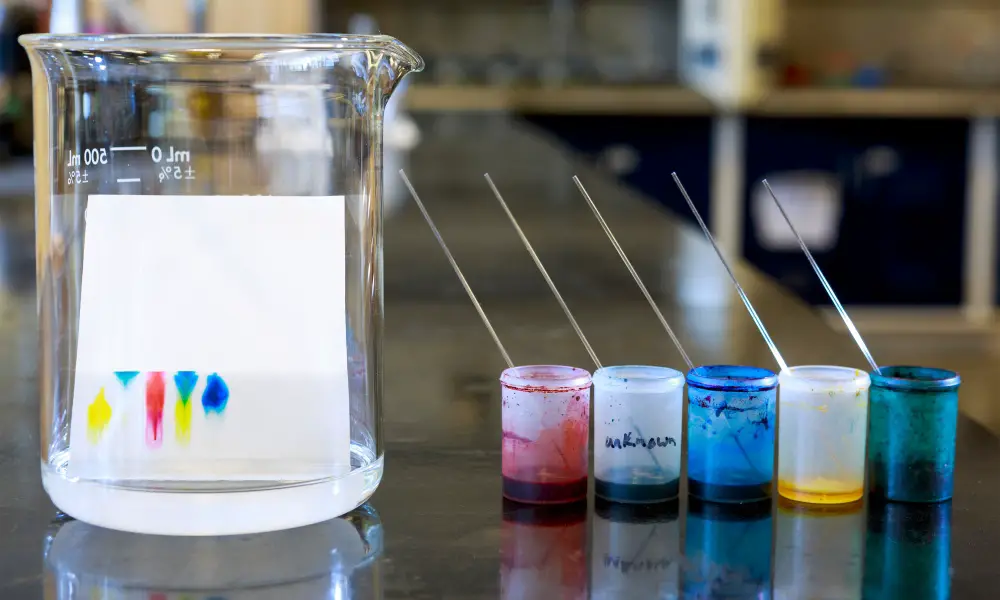

Chromatography may sound like a mouthful, but it plays an essential role in many fields that impact our daily lives. By the time you finish reading this listicle, you’ll gain a new appreciation for how chromatography helps solve complex problems in science, medicine, and even law enforcement. Continue reading to explore interesting facts you don’t know about chromatography.
Chromatography is a powerful analytical technique that separates mixtures into their components. Scientists and researchers use it to identify and analyze substances in various industries, from pharmaceuticals to environmental testing. The method involves passing a mixture through a medium where components move at different rates, enabling the separation process. High-quality chromatography supplies are essential for accurate and reliable results in these intricate experiments.
Chromatography has a fascinating history that dates back to the early 20th century. Mikhail Tsvet, a Russian botanist, developed the first chromatography technique while researching plant pigments in 1903. Over the years, the technology evolved, with significant advancements such as the introduction of paper chromatography in the 1940s and gas chromatography in the 1950s. These milestones paved the way for the diverse techniques used today.
There are several types of chromatography, each with unique applications. Liquid chromatography separates components dissolved in a liquid, while gas chromatography analyzes compounds in gaseous form. Thin-layer chromatography employs a thin layer of a solid medium, like silica gel, to separate substances. Each type has its advantages, and the choice depends on the specific requirements of an analysis.
Chromatography finds its way into everyday life in surprising ways. Food and beverage testing, for instance, uses chromatography to detect contaminants and ensure product safety. Forensic investigations rely on this technique to analyze crime scene evidence, such as blood or drug samples, leading to crucial breakthroughs in solving cases. Even the cosmetics industry employs chromatography to test the safety and composition of products.
Chromatography has played a pivotal role in numerous scientific discoveries. Researchers used it to identify the structure of proteins, leading to significant advances in biochemistry and medicine. In the 1960s, scientists employed chromatography to analyze moon rocks, providing valuable insights into lunar geology. These breakthroughs underscore the importance of chromatography in advancing scientific knowledge.
Let’s wrap things up with some intriguing and interesting facts about chromatography. Did you know chromatography helped uncover the doping scandal in the 2008 Beijing Olympics? Were you aware that it plays an important part in wine analysis? It ensures the perfect balance of flavors and aromas. These fun facts highlight the diverse applications of chromatography and its far-reaching impact.
Chromatography stands as a vital tool that shapes our understanding of the world. Its applications stretch across various industries, from ensuring food safety to advancing scientific research. With innovations on the horizon, chromatography will continue to play a critical role in solving complex problems.
Galveston, Texas, is quickly emerging as a premier destination for deep-sea fishing enthusiasts in search…
In the ever-evolving landscape of construction and building maintenance, sustainability has emerged as a crucial…
Minnesota, celebrated for its picturesque rural landscapes and vibrant urban centers such as St. Paul…
In the realm of kitchen renovations, cabinetry plays a pivotal role in shaping both the…
In the field of driving regulations, one of the most critical areas of focus is…
Minnesota's harsh winters and humid summers significantly affect residential roofing durability. Homeowners should regularly inspect…